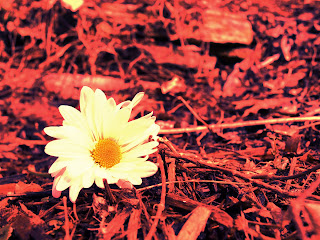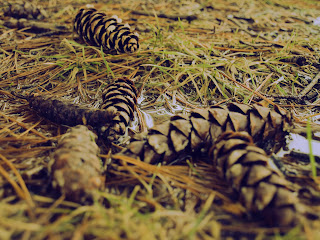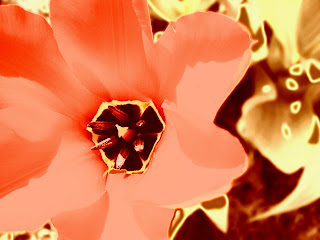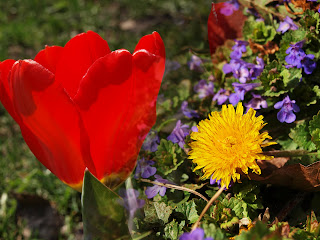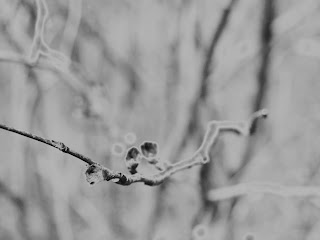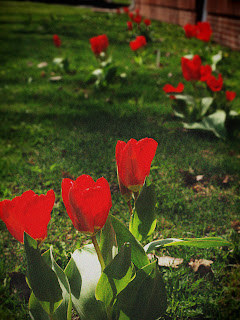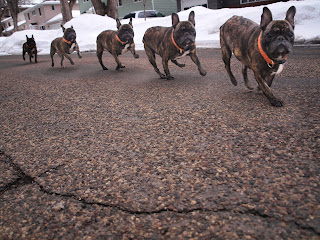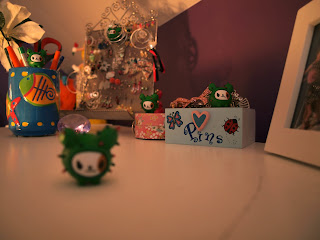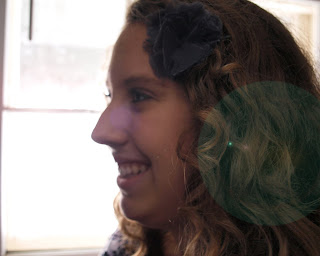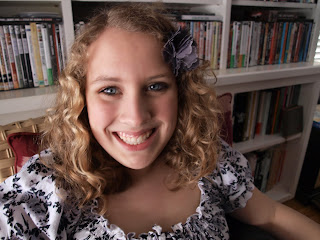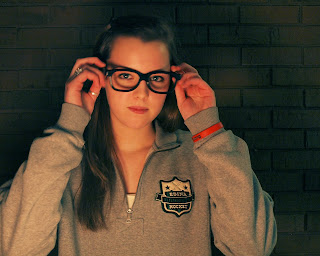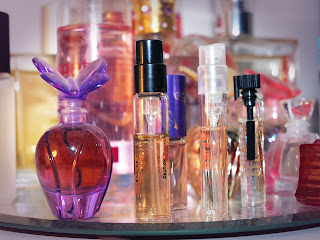
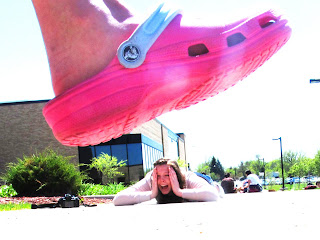 technique description.
technique description.For these photos, we created forced perspective. In the first one, I took a picture of Emma crawling on the floor in the commons and rotated the picture to make it look like she was climbing up a wall. For the second, Sydney laid on the ground far away from the camera and I set up one person close to the camera pretending to stomp their foot down. It looks like there's a giant shoe about to step on Sydney. For both photos, I made adjustments to the curves and levels and then duplicated the background layer and used a blending mode on it.
reflection.
I think these photos worked pretty well to create the illusion of a different perspective. We found it a bit difficult to come up with ideas for pictures, though, and kept running into the problem of depth of field; the objects farther back were blurred out. I fixed this by increasing the aperture setting to create great depth of field.



